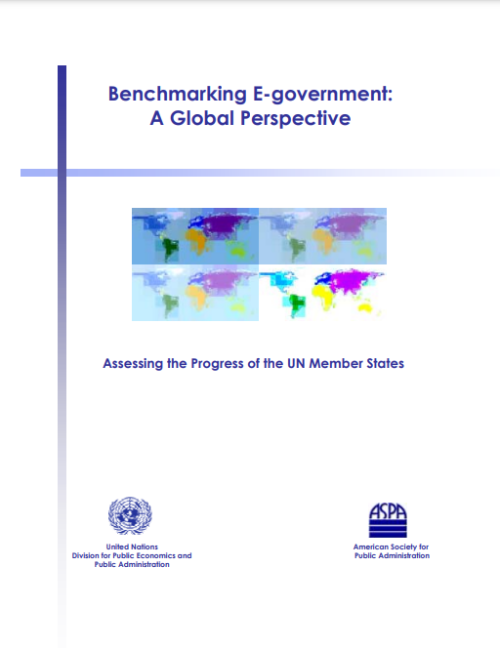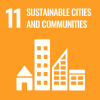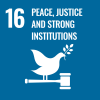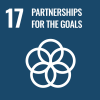E-government Landscape
Since the mid -1990s governments around the world have been executing major initiatives in order to tap the vast potential of the internet for the distinct purpose of improving and perfecting the governing process. Like the personal computer, the internet has become an indispensable tool in the day-to-day administration of government. In an effort to gain an appreciation of the global e-government landscape in 2001, the American Society for Public Administration (ASPA) and the United Nations Division for Public Economics and Public Administration (UNDPEPA) undertook a research study analyzing the approach, progress and commitment on the part of the 190 UN Member States.
Broadly defined, e-government can include virtually all information and communication technology (ICT) platforms and applications in use by the public sector. For the purpose of this report however, e-government is defined as: utilizing the internet and the world-wide-web for delivering government information and services to citizens.
In order to maximize e-governmentís effectiveness and realize its vast potential, several fundamental conditions must exist in order to facilitate an enabling environment. The studyís primary goal was to objectively present facts and conclusions that define a countryís e-government environment and demonstrate its capacity (or lack of) to sustain online development. This was accomplished by a comparative analysis of fundamental information technology (IT) indicators and critical human capital measures for each UN Member State.
Two methodologies were used in the research. First, national government websites were analyzed for the content and services available that the average citizen would most likely use. The presence, or absence of specific features contributed to determining a countryís level of progress. The stages present a straightforward benchmark which objectively assesses a countryís online sophistication. Second, a statistical analysis was done comparing the information and communication technology infrastructure and human capital capacity for 144 UN Member States. The final measure or E-Government Index could be useful tool for policy-planners as an annual benchmark.
 Welcome to the United Nations
Welcome to the United Nations




